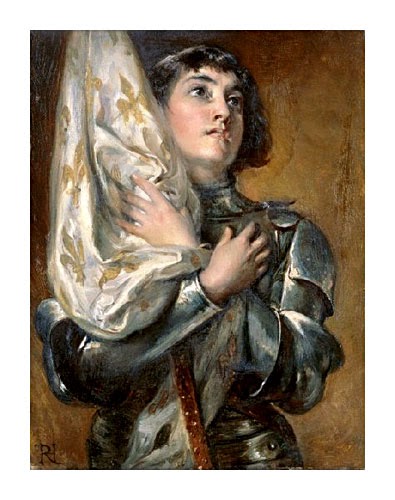Many great artists painted scenes of Waterloo, as based on visits to the battlefield in the wake of the conflict and/or imagined later.
Victoria here, writing of one of my favorites, Robert Alexander Hillingford (1825-1904), born in London He studied in Germany and worked in Italy for several years. After he returned to London in 1864, he began to do historical paintings and became a regular exhibitor at the Royal Academy and other prominent galleries.
His painting of the Duchess of Richmond’s Ball hangs at Goodwood House, the Richmond ducal seat in West Sussex.
The Duchess Richmond’s Ball by Robert A. Hillingford
Details from the painting are featured on the cover of the Beaux, Ballrooms, and Battles: A Celebration of Waterloo. This anthology brings you nine stories by nine best-selling and award-winning authors, including me (she whispered shamelessly).
An exhibition, Dancing into Battle, on view at Goodwood House August 3 to October 22, 2015, is organized around the famous painting. For the website, click here.
From the description of the display:
“On 15th June 1815, the Duchess of Richmond hosted a ball at her home in Brussels. … Goodwood’s summer exhibition will celebrate the 200th anniversary of the ball…
“Like many English aristocrats, the 4th Duke and Duchess of Richmond were living in Brussels owing to straightened financial circumstances. Their house became a hub of social activity filled with family and friends, including their own fourteen children. The Duchess invited the cream of Belgian and Dutch society, British civilians, diplomats and army officers to her ball. The Duke of Wellington, a great friend of the family, and the Prince of Orange were among the guests, all of whom appear in her guest list which is one of the treasures of the Goodwood collection – and which will also be on display during the summer exhibition.
“… The message that was delivered to Wellington in the middle of the ball reported that Napoleon had crossed the border into Belgium. Examining a map with the Duke of Richmond, Wellington declared, ‘Napoleon has humbugged me, by God, he has gained twenty-four hours march on me’. When Richmond asked what he intended to do, he said that he had told the army to concentrate at Quatre-Bras, but that he would not stop Napoleon there, and pointing to the map placed his thumbnail on Waterloo declaring ‘I must fight him here’.
“That night many of the guests left straight for the holding battle of Quatre-Bas, followed two days later by the battle of Waterloo. Heart-wrenching scenes took place in the early hours of the morning as soldiers said goodbye to their loved ones, some never to see them again.”
Summoned to Waterloo by Robert A. Hillingford
Hillingford’s painting, Summoned to Waterloo, depicts the courtyard of the house where the ball was held. At dawn on June 16th, the soldiers are leaving their sweethearts to head for combat.
On the site of the Richmond Ball in Brussels an office building now stands; there is no trace left of the dramatic scenes of June 15-16, 1815.
The Turning Point by Robert A. Hillingford
The Turning Point shows Napoleon and his Imperial Guard at the moment he realizes their attack on Wellington’s troops is failing.
Lord Hill Inviting Surrender of the Imperial Guard by Robert A. Hillingford
Another Waterloo painting by Hillingford shows General Rowland Hill, 1st Viscount Hill, commander of the British II Corps, inviting the French Imperial Guard to surrender at the end of the battle late in the day.
Wellington At Waterloo by Robert A. Hillingford
Most famous of all, perhaps, is Hillingford’s portrayal of the Duke of Wellington mounted on Copenhagen, summoning his troops to the final attack. “Up Guards and at them again,” he called, according to a Captain of the Foot Guards.
Hillingford completed many detailed battle scenes, from several wars. Though completed long after the battles themselves, they convey both vivid action and spectacle.
English Civil War Scene (between 1642-1649)by Robert A Hillingford
Marlborough Signing the Blenheim Dispatch in 1794 by Robert Alexander Hillingford.
Saint Joan d’Arc by Robert A. Hillingford
This portrait is much more intimate and conveys the spirit of Joan (c.1412-1431), if not her precise appearance.
Peasants of the Campagna by Robert A. Hilllingford
He painted a wide variety of popular scenes, including some on which he drew from his experiences in Italy.
And he did many scenes from the theatre, such as the one below.
Much Ado About Nothing by Robert A. Hillingford


.jpg)








Fantastic post, I love that beautiful image of Joan of Ark!
Lord, I would LOVE to see this exhibit in person. Amazing images !